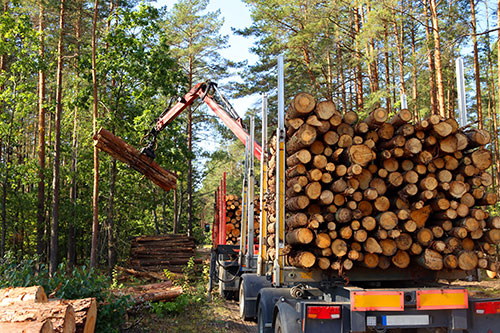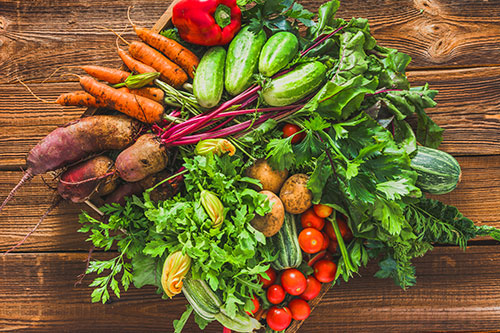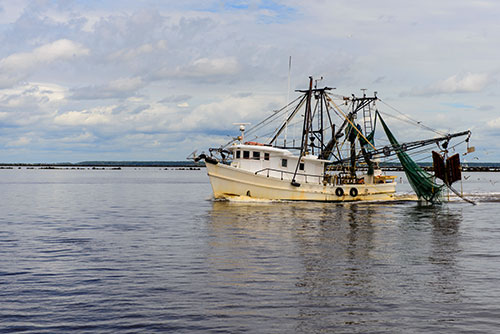Georgia Grown Food And Fiber Preserve Our Water Quality And Beloved Landscapes
The ability to cultivate and harvest products from coastal Georgia’s land and water benefits the health of our communities, the viability of our economy, and the protection of our environment.
Data collected on these three sectors reveal quantities produced, economic benefits, and acres in production. Data were not available regarding quantities of local food and fiber consumption. This baseline data collected provide an important starting point for future research that will, over time, help Georgians develop strategies for bolstering our local food and fiber sectors to the benefit of our community.
While activities on working landscapes and waterfronts can negatively affect the quality of coastal environments, maintaining unpaved lands generally preserves the quality of natural landscapes compared to impervious urban developments. Working landscapes in coastal Georgia are dominated by three sectors:
Forestry: Georgia is the Number 1 state in the US for forestry, and the industry generates $36.3 billion in overall annual economic impact for the state.
Agriculture: Although our peach production is most well-known, Georgia leads the nation in blueberry, peanut, and pecan production.
Seafood: Working waterfronts on the coast include shrimp and fish docks, oyster and clam harvest areas, waterfront dining, and recreational piers.
GCC Goals
Protect, connect, and enhance environments for coastal plants and animals to adapt to changes in sea level and benefit the community.
Maintain thriving, working landscapes and waterfronts that support the sustainable production of food and fiber for our communities.
Cultivate opportunities to enjoy and recreate in the special places and historic communities along Georgia’s coast.
Promote economic development that respects natural environments and preserves the character of our coastal communities.



